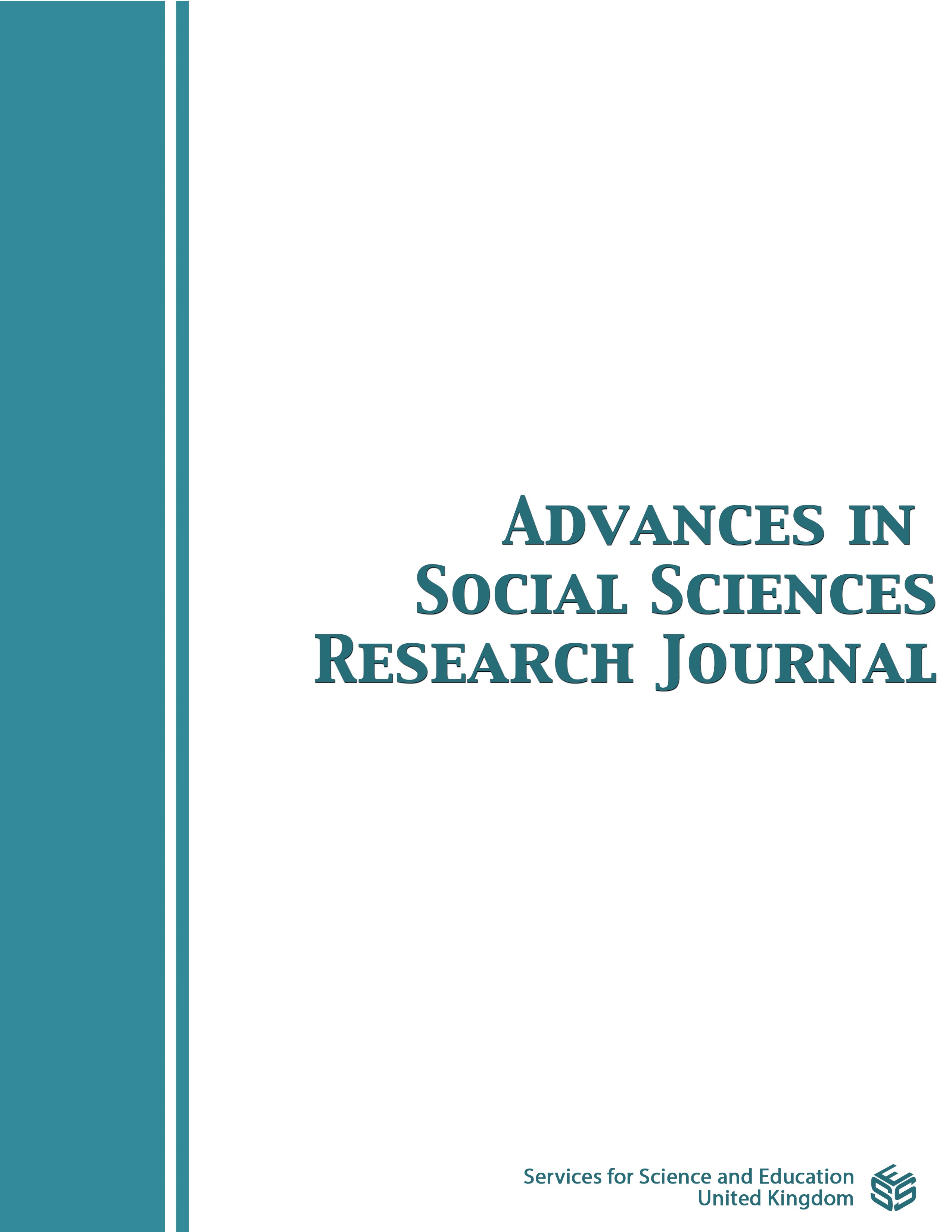The Power of Connection: Discovering the Effects of Formal and Nonformal Environmental Education on Students’ Connectedness to Nature
DOI:
https://doi.org/10.14738/assrj.1201.18223Keywords:
environmental education, environmental education organizations, nature based education, environmentally responsible behaviorAbstract
This study examined the relationship between students’ feeling of connectedness to nature (CN) and their exposure to environmental education (EE) experiences at formal or nonformal environmental education organizations. CN, often developed through EE programs, is a good predictor of environmentally responsible behavior (ERB) and is also an indicator of self-nature overlap. The Connectedness to Nature Scale Revised (CNS-R), and the Inclusion of Nature in Self (INS) surveys were administered at formal (N=3) and nonformal (N=3) environmental education organizations (EEOs), surveying students (N= 5,994) aged 7-14. Students participated in a range of program types including homeschool, summer camps, extended day, and overnight programs. Aggregated pretest and posttest survey data were analyzed to determine how students’ feelings of CN were affected by their EE experience and how these scores were influenced by age, duration, and frequency.
Downloads
Published
How to Cite
Issue
Section
License
Copyright (c) 2025 Dylan Burgevin, Sarah Haines

This work is licensed under a Creative Commons Attribution 4.0 International License.
Authors wishing to include figures, tables, or text passages that have already been published elsewhere are required to obtain permission from the copyright owner(s) for both the print and online format and to include evidence that such permission has been granted when submitting their papers. Any material received without such evidence will be assumed to originate from the authors.






